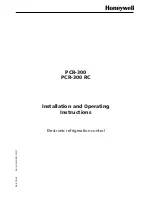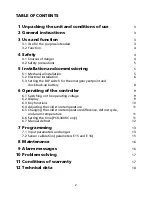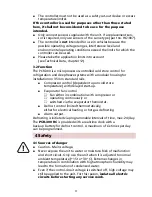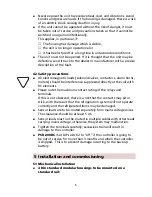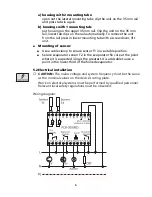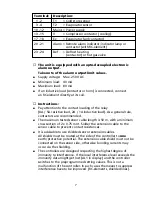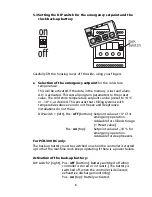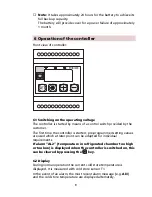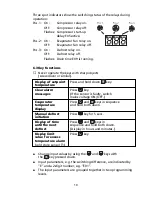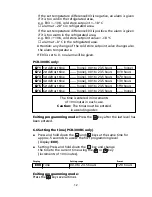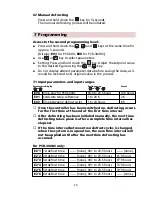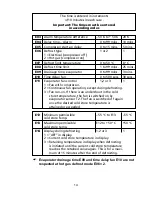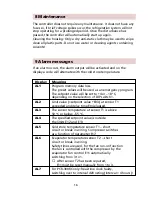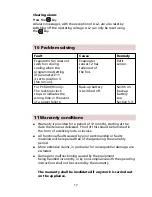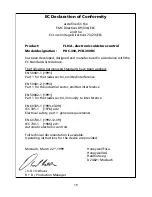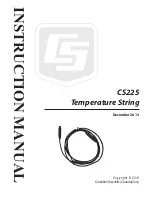
I
Never expose the unit to excessive heat, dust and vibrations. Avoid
knocks and pressure loads. If the housing is damaged, there is a risk
of an electric shock causing death or injury.
I
If the unit cannot be operated without the risk of danger, it must
be taken out of service and precautions taken so that it cannot be
switched on again unintentionally.
This applies, in particular, if:
u
The housing has damage which is visible,
u
the unit is no longer operational or
u
it has been stored for a long time in unfavourable conditions.
I
The unit must not be opened. If it is thought that the unit may be
defective, send it back to the dealer or manufacturer with a precise
description of the fault.
4.2 Safety precautions
I
All electromagnetic loads (solenoid valves, contactors, alarm horns,
motors) should be interference suppressed directly at the coil with
RC elements.
I
Please note the maximum contact rating of the relays and
terminals.
If this is not observed, there is a risk that the contacts may pit or
stick, with the result that the refrigeration system will not operate
correctly and the refrigerated items may be damaged.
I
Sensor leads are to be routed separately from mains voltage wires.
The clearance should be at least 5 cm.
I
Sensor leads must not be routed in multiple cables with other leads
carrying mains voltage, otherwise the system may malfunction.
I
Tighten the terminals carefully; excessive strain will result in
damage to the controller.
I
PCR-300RC: Set DIP switch 2 to “off” if the controller is going to
be out of service for more than 3 months and when the controller
is shipped. This is to prevent damage occurring to the back-up
battery.
5 Installation and commissioning
5.1 Mechanical installation
I
4 Din standard modular housings to be mounted on a
standard rail:
5

